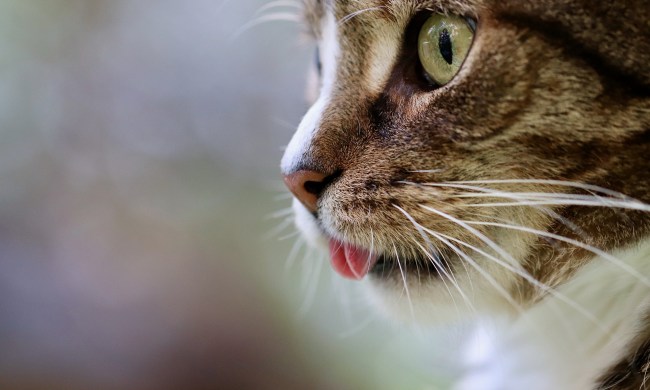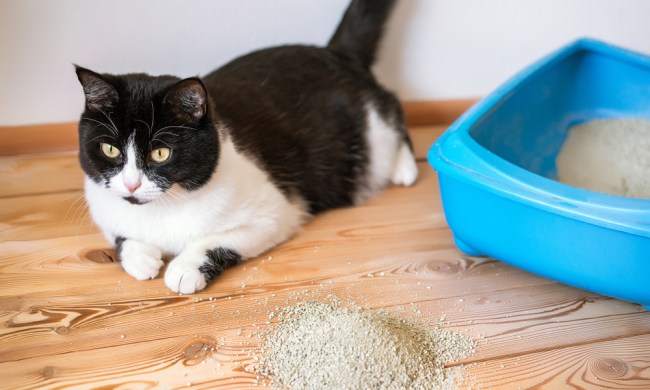Quality playtime is important for your cat’s development, health, and happiness, but it can be hard to always find time to play with your cat when your schedule is packed. Electronic toys are ideal for these situations. These toys generate sound and motion to capture your cat’s interest and encourage engaged, frisky play. With both battery-powered and USB-rechargeable options available, you have plenty of toys to choose from. To help you search successfully for the best electronic cat toys, take a look at this list.
Potaroma Electric Moving Cat Kicker Fish Toy
This fish toy provides tons of interactive fun for your cat. Whenever your cat touches the toy, the built-in motion sensor will kick into gear, prompting the fish to wiggle, appealing to your cat’s hunting instincts. This highly realistic toy looks just like an actual fish, but if that’s not enough to pique Kitty’s interest, the catnip pouch sure will. You can add catnip to the toy to keep it fresh and engaging. It’s also USB chargeable, so you don’t have to worry about replacing batteries. The toy comes with a USB cable, and the detachable motor lets you easily clean the toy’s shell.
All for Paws Interactive Flutter Bug Cat Butterfly Toy
Enticing motion and the temptation of a fluttering butterfly will grab your cat’s attention. The butterfly rotates 360 degrees and spins constantly, so your cat can leap, pounce, and chase. By indulging in your cat’s hunting instinct, the toy helps to reduce frustration and ensure that your cat continues to play for a long time. This toy gives cats a great workout, so it’s particularly helpful for indoor cats. It also measures just 7.99 by 7.91 by 3.43 inches, so it’s perfect for smaller homes and apartments. Two replacement butterflies are included for long-lasting use.
Goopow Cat Toy Automatic, Interactive Laser Toy
Say goodbye to the traditional handheld cat laser toy — this new toy steps things up! An autorotating laser pointer means your cats can enjoy hours of catch-the-red-dot fun, even when you’re not available to play with them. You can choose a fast or slow light-flashing mode to capture your cat’s interest. This toy also has an automatic on/off mode that will turn the laser off after 15 minutes so your cat gets a rest. It will turn on again in three hours, giving your cat plenty of exercise. The laser rotates a full 360 degrees across the floor, and its random patterns will keep your cat playing and hunting. You can use 4 AA batteries to power it or choose USB charging so you don’t have to worry about replacing them.
SmartyKat Chickadee Chirp Electronic Sound Cat Toy
Designed to appeal to your cat’s hunting instincts, this soft bird toy comes complete with chickadee sounds. Just pushing the toy’s side will start the sounds, so your cat will activate the chirps repeatedly as he plays. This toy is free from chemicals and pesticides and contains recycled plastic to give it a great texture that will drive your kitty wild. It measures 1.5 by 5 by 4 inches, so it’s easy for your cat to bat around and carry in his mouth. And if the chirping sounds aren’t enough to catch your cat’s attention, the toy is also filled with catnip to appeal to your cat’s sense of smell.
These moving cat toys will capture your cat’s attention and encourage him to play. They all provide great physical workouts, which can help indoor cats burn off excess energy and manage their weight. These toys also help prevent boredom, so your cat is less likely to go racing through the house at two in the morning or to demand your attention while you’re trying to sleep. While playing with your cat one-on-one is important, these electronic toys can mix things up a little and keep your cat entertained when you can’t. When choosing which toy is right for your cat, think about his current favorites and look for an electronic toy that replicates their qualities.


